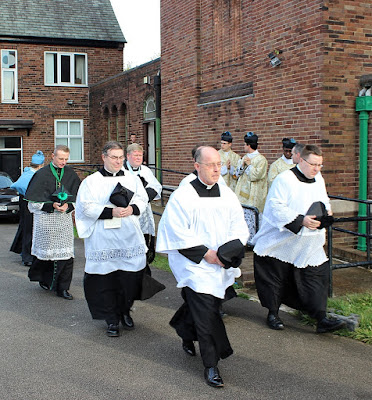I read with interest an article in today's "Telegraph" newspaper, written from an atheist's point of view about religious education. It caught my eye as Jemima Lewis' views on the subject seemed to reflect my own thoughts on the matter:
The very fact of treating religion as an academic subject, no more or less sacred than English Literature, encouraged scepticism. The Old Testament was just another text to be analysed and considered within its historical context – no more likely to contain any definitive truth than, say, Wuthering Heights.
I have long thought that while Catholic schools should teach about other religions as a matter of practical knowledge to help understand the world around us, education about our own Faith should be completely separate from this - that is, we should teach other religions under the title of "religious eduction" but our own Faith under the title of "religious instruction".
We could teach about the Bible in English Literature but it might encourage us to think of it not as the Word of God but as interesting and possibly helpful - but only in the way that reading Dostoevsky teaches us to reflect on the world around us. That is the point that this atheist lady makes - the difference being that she thinks that's a good way to teach Christianity and I don't - for the same reasons she gives, that it actually undermines faith. This methodology seems to be exactly what our Catholic schools have been doing for quite some time now with the effects that can be lauded by atheists but lamented by those who still believe. Most people would call that stupid - and yes, leading to damnation: something about teaching others and being the least in the kingdom of heaven.
Time for a change when atheists think we're doing a good job of undermining belief?
I wouldn't recommend holding your breath!









































































